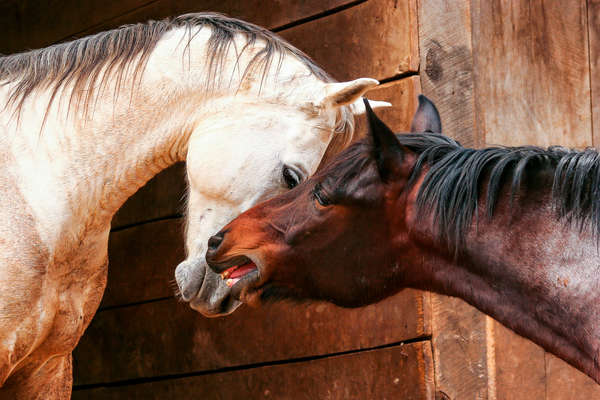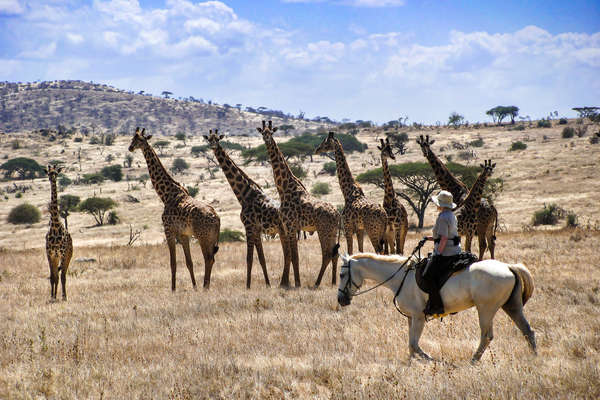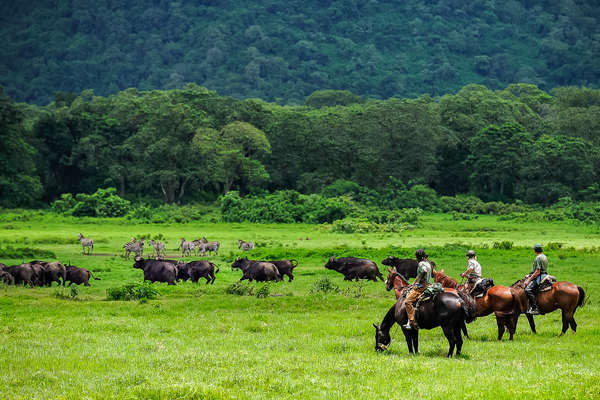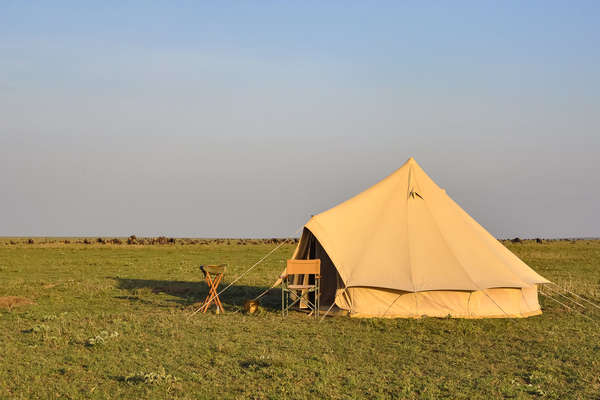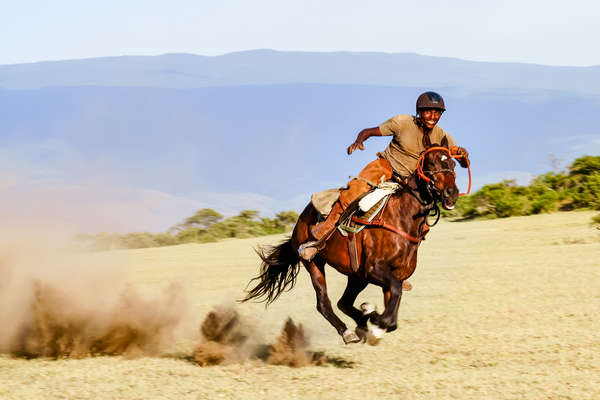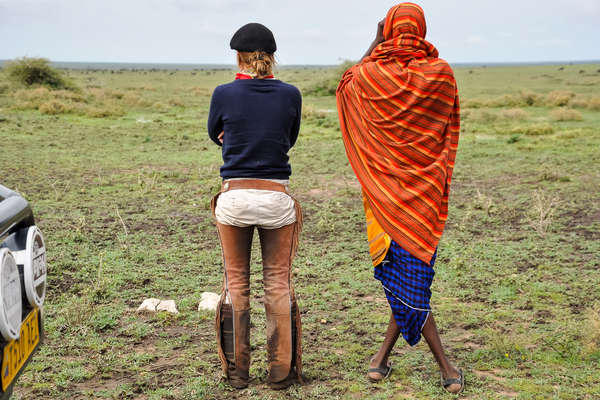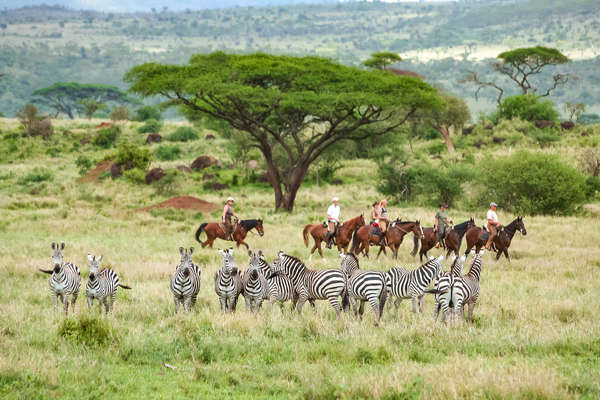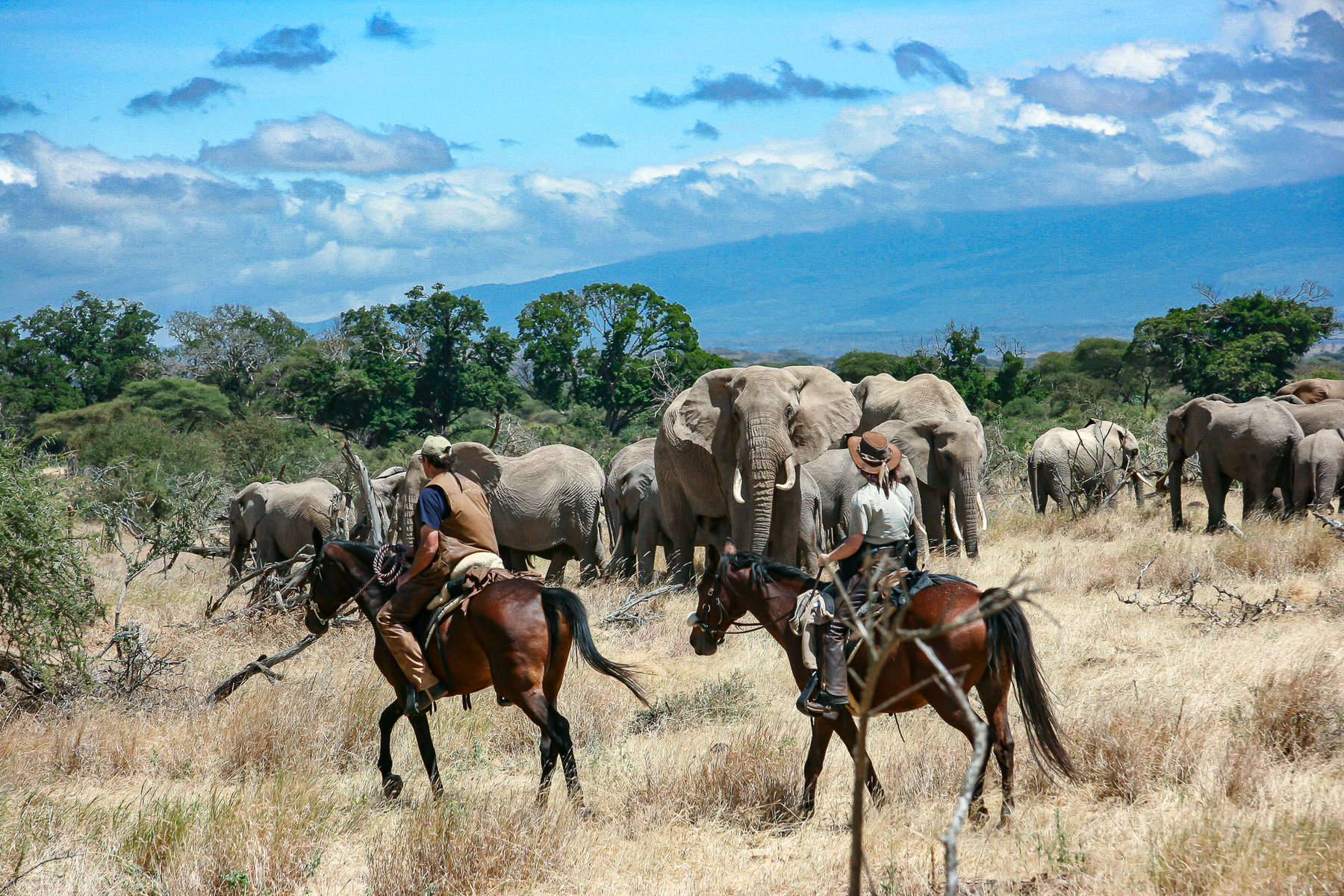
From the horse’s mouth
All trips
No matches
Visa & Health
Formalities
While still part of Tanzania, Zanzibar and the other islands are administered autonomously; they have their own immigration procedures and you will be asked to show your passport on entry and exit.
All British passport holders and most other nationalities need a tourist or business visa to enter Tanzania. Tanzania has introduced an ‘e-visas’ system through which applications can be submitted and approved online in advance of travel: https://eservices.immigration.go.tz/visa/
It is no longer possible to get a visa from the Tanzanian High Commission in London. American nationals are required to apply for a multiple entry e-visa for all tourism visits to Tanzania; the ordinary single entry e-visa is unavailable for Americans to apply to.
It is also possible to get a tourist or business visa for a single entry on arrival at main ports of entry to Tanzania, subject to the fulfilment of all immigration requirements. You may be asked to provide proof of your return journey. You will not be able to get a multiple entry visa on arrival. For further information about visas visit the Tanzanian immigration website:
https://eservices.immigration.go.tz/visa/
Source: https://www.gov.uk/foreign-travel-advice/tanzania/entry-requirements
IMPORTANT:
Tanzania has announced that it will ban single-use polythene bags from June 2019 in the war against plastic pollution.
Travellers bringing plastic bags in the country may face heave fines. Please do not try to bring in any plastic bags (including zip lock bags for liquids under 100ml) into the country.
Addresses of consulates
- Paris | Ambassade de Tanzanie
7 ter rue de Leonard de Vinci
75116 Paris
Tél. : 01.53.70.63.66
Fax :
ambtanzanie@wanadoo.fr - Ambassade de France en Tanzanie
Ali Hassan Mwinyi Road
PO Box 2349
Dar es Salaam
Tél. : +255 22 219 88 00
Fax :
contact@ambafrance-tz.org - Tanzanian High Commission
3 Stratford Place
W1C 1AS London
Tél. : +44 (0) 207 569 1470
Fax :
balozi@tanzania-online.gov.uk
Health
The general vaccinations against Diphtheria, Tetanus and Polio (DTP) are recommended, as are both Hepatitis A and Typhoid.
If you are staying longer than 3 months or have a particular risk you might consider a Rabies vaccination. Vaccination against Tuberculosis and Hepatitis B are also sometimes recommended for stays longer than 3 months.
Like most African countries south of the Sahara, Malaria is prevalent in the country. Don't underestimate this tropical disease and take precautions. Buy repellent (preferably with 50% DEET), and sleep under a net.
Insurance
Voltage
Budget and money
Credit cards:
Most top-end hotels, safari lodges, airlines and tour operators accept Visa and MasterCard (American Express and Diners Club less so), though a commission of 2-5% is usually charged. Budget hotels and most restaurants and shops do not accept credit cards, and they are rarely accepted for payment outside the main tourist areas.
ATM:
Cash can easily be withdrawn from ATMs using Visa or MasterCard. Any sizeable town has at least one bank with an ATM, and there are ATMs at the larger airports. ATMs generally only dispense notes in increments of TSh 10,000 and these larger notes are often hard for people to change – hoard smaller change whenever possible to pay for taxi fares, snacks, souvenirs and the like.
The import and export of local currency is prohibited, so use up you Shillings before departing.
Telephone and jetlag
GMT + 3 hours
Dialling code +255
Country information
Country ID
Capital: Dodoma
Area: 945,087 sq km (364,900 sq miles).
Population: 48.3 million (2013).
Population density:
51.1 per sq km.
Language: Kiswahili and English are the official languages. The terms Swahili and Kiswahili are used interchangeably, though the term Swahili normally refers to the people while Kiswahili refers to the language. Originating along the coast, Kiswahili is a Bantu language with many words derived from Arabic. Other African languages such as Bantu and those of Nilo-Hamitic and Khoisan origin are also spoken in more remote regions.
Religion: About 40-45% of Tanzania’s population is Christian and about 35-40% are Muslim (most of which live along the coast and on Zanzibar and the other islands). A small number follow traditional religions and there are some Asian communities including Sikhs and Hindus.
Political regime: Federal Republic since 1964. Tanganyika gained independence from the UK in 1961. In 1964, Tanganyika joined with Zanzibar, which had been a British protectorate until 1963, and became Tanzania
Head of state: President Jakaya Kikwete since 2005. Zanzibar is semi-autonomous and has its own parliament and president (President Ali Mohamed Shein since 2010
Head of government: Prime Minister Mizengo Pinda since 2008.
Socio-economical data
Coal, phosphates, gypsum, tin and other ores are also extracted. Reserves of uranium, nickel, silver and natural gas have been located and the mining sector is expected to be developed further to capitalise on these resources. The industrial sector is one of the smallest in Africa, concentrated in agricultural processing and light consumer goods such as sugar processing, brewing and textiles. Tourism is thought to be worth around US$950 million annually to the Tanzanian economy and ranks as the second foreign exchange earner after agriculture.
On the whole, the economy has improved steadily since the mid-1990s. In 2006, Tanzania signed economic agreements with China for development assistance in the communications, transport and health sectors and saw the African Development Bank write off US$640 million of Tanzania's foreign debt. More recently, with continued help from donor assistance and a boost from an increase in gold exports, Tanzania's economy has picked up the pace. GDP was a healthy 6.5% in 2010, with inflation estimated to be around 7.2%.
History
In the late 19th century, Imperial Germany conquered the regions that are now Tanzania (minus Zanzibar), Rwanda, and Burundi, and incorporated them into German East Africa. During World War I, an invasion attempt by the British was thwarted by German General Paul von Lettow-Vorbeck, who then mounted a drawn out guerrilla campaign against the British. The post-World War I accords and the League of Nations charter designated the area a British Mandate, except for a small area in the northwest, which was ceded to Belgium and later became Rwanda and Burundi. British rule came to an end in 1961 after a relatively peaceful (compared with neighbouring Kenya, for instance) transition to independence, with Julius Nyerere as the first president. After the Zanzibar Revolution overthrew the Arab regime in neighboring Zanzibar, which had become independent in 1963, the island merged with mainland Tanganyika to form the nation of Tanzania on 26 April 1964. Nyerere set up one-party rule. The communist bloc powers of China, East Germany and the USSR established friendly relations with the new regime. Corruption was rampant.
Years of socialism left the country as one of the poorest, the least developed and the most aid-dependent in the world. From the mid 1980s, the regime financed itself by borrowing from the International Monetary Fund and underwent some reforms. From the mid 1980s Tanzania's GDP per capita has grown and poverty has been reduced and tourism has risen to proportions which are becoming almost beyond sustainability.
Geography
Savannah and bush cover over half the country, and semi-desert accounts for the remaining land area, with the exception of the coastal plains. Over 53,000 sq km (20,463 sq miles) is inland water, mostly lakes formed in the Rift Valley and Tanzania's share of Lake Victoria and Lake Tanganyika, both on its western border. Lake Victoria covers 69,490 sq km (26,832 sq miles), which is Africa's largest lake and 49% of it lies in Tanzania. With maximum depths of 1,470m (4,821ft), Lake Tanganyika is estimated to be the deepest lake in Africa and is 673km (420 miles) long and averages 50km (31 miles) across; 41% of its area lies in Tanzania. The United Republic of Tanzania includes the islands of Zanzibar and Pemba, about 45km (28 miles) off the coast to the northeast of the country.
The Engaresero village on the Western shores of Lake Natron has been chosen by the government of Tanzania to exemplify the Maasai pastoral system given its singularity, integrity, high diversity of habitats and biodiversity. The site also has major additional significance, because of the presence of Lake Natron and the volcano Ol Doinyo Lengai, which have immense ecological, geological and cultural value. The community has demonstrated a strong resilience in facing threats to their systems, and has maintained associated social and cultural institutions, which ensure its sustainability under prevailing environmental conditions.
People, culture and traditions
Because of its Muslim influence, the coast is a little more conservative, and away from the beach it is advised to dress respectably and cover up bare arms and legs. Alcohol is only available in the tourist areas on Zanzibar, where it is also considered highly impolite to eat, drink or smoke in public during daylight hours when people are fasting during Ramadan (the exception to this is in the tourist hotels and restaurants).
Choosing the right riding holiday
Choosing the right riding holiday
Horse riding safaris often follow a similar pattern. You are woken early in the morning so that you can be onboard your horse at dawn and riding as the animals are most active. You will normally ride for 3-4 hours in the morning, following game tracks in search of the Big Five and other species. Lunch is taken in a shady spot where a short siesta is possible before being woken again for tea. The afternoon rides set out as it starts to get cooler so that you can appreciate the beautiful afternoon light and watch the bush come to life, before returning to camp before night falls. Typically the morning rides are faster and adrenaline-fuelled, whilst the afternoon rides are perfect for photographs.
A riding safari in Tanzania is also an immersion into Masai culture as you ride through their villages and interact with the warriors.
For an exhilarating riding safari for experienced riders only, with plenty of fast riding and the possibility of jumping, choose the Enduimet Wildlife Corridor ride.
The Safari between Mt Meru and the Kilimanjaro is your opportunity to discover three different ecosystems of forests, plains, and the foothills of the Kilimanjaro. Shorter rides and center-based stays can be arranged on request for families or less experienced riders.
For a truly unique experience, join the Lake Natron ride and marvel at the vast numbers of flamingoes in this remote area of the Rift Valley.

